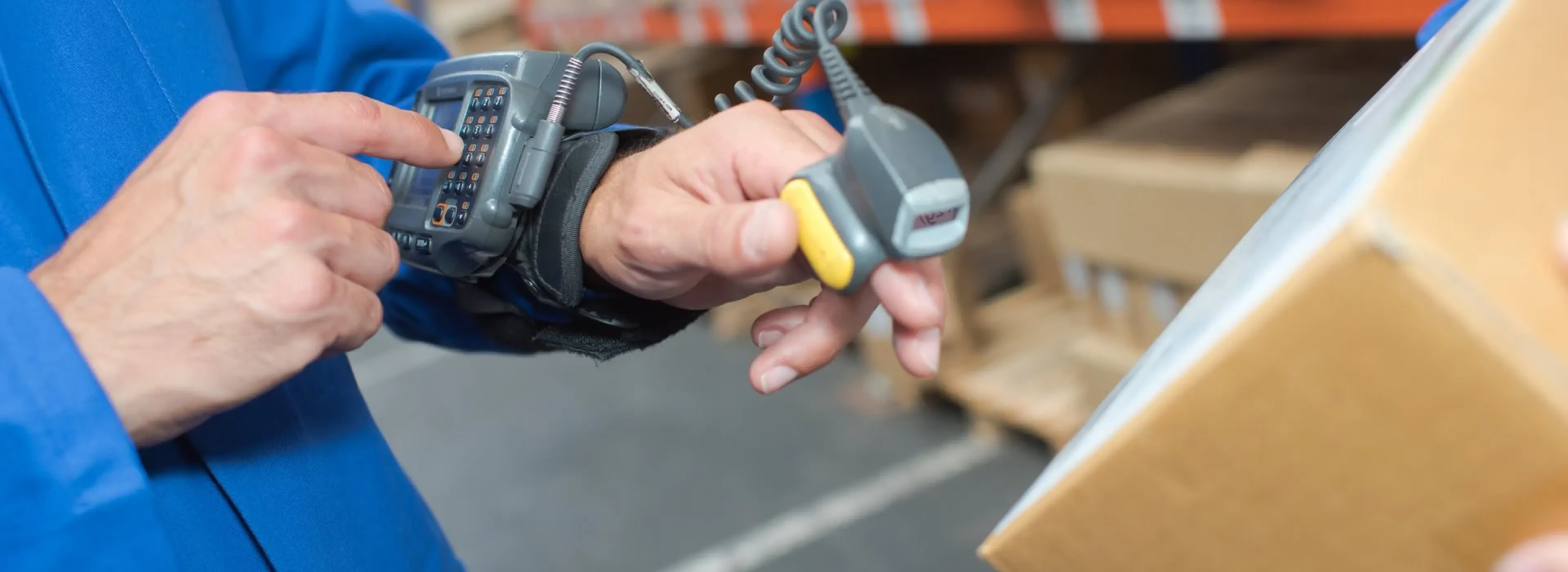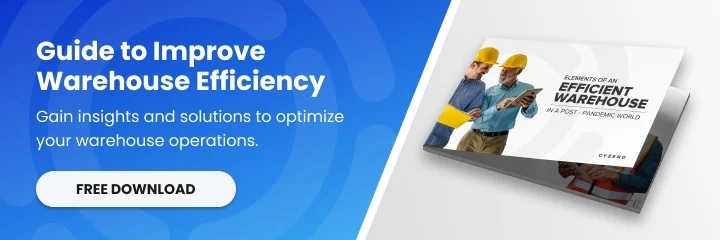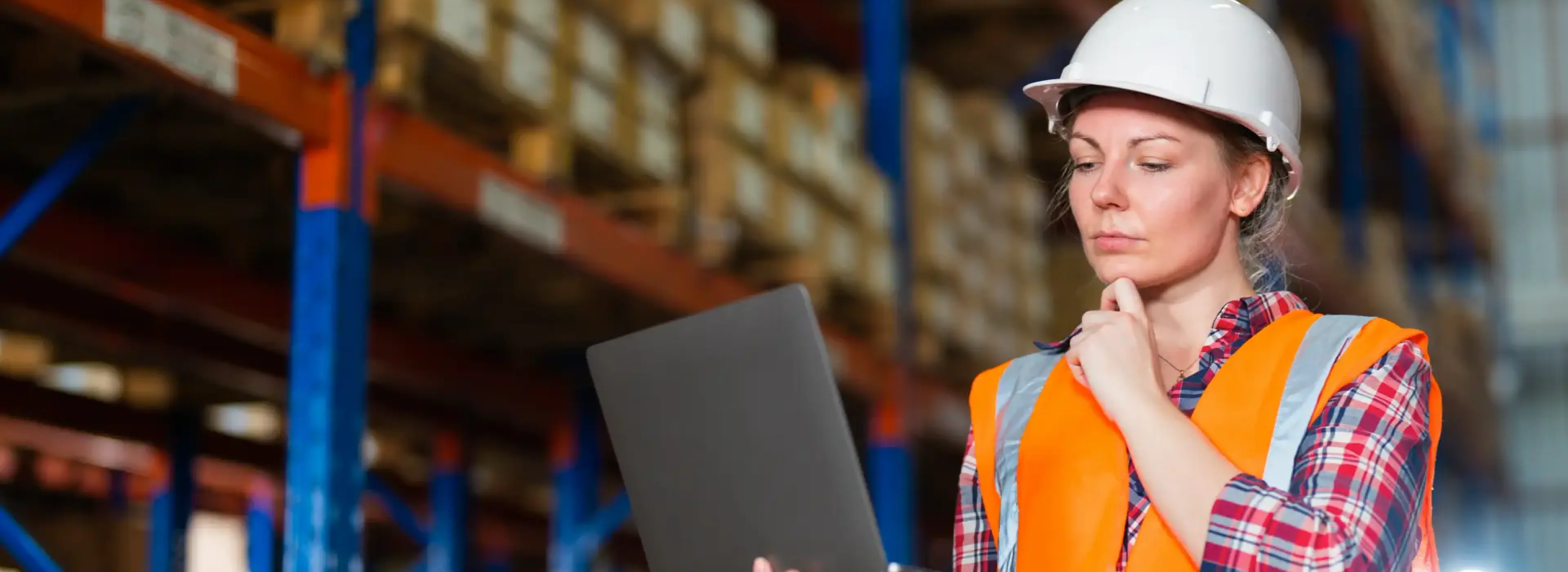Mobility solutions and wearable warehouse technology are not new trends, but the new level of sophistication they now offer is helping warehouses re-invent their operations and achieve new levels of efficiency and productivity.
As a result, many warehouses are adopting these solutions as they progress toward warehouse digitalization.
But are most warehouses ready to adopt these technology enablers yet?
Download Free Guide: 7 Technologies That Will Change the Warehouse
This blog walks you through the basics of what wearable and mobile technologies are, the opportunities they offer, their applicability as it relates to warehouse and DC operations, and whether you should invest in them now or wait.
What are Warehouse Mobility Solutions?
Warehouse mobility solutions include vehicle-mounted computers, smartphones, tablets, handheld scanners, and mobile printers that allow warehouse clerks to freely move around the warehouse and remain fully connected regardless of location.
These technologies have now become part of standard warehousing operations and have enabled an uninterrupted flow of information across the business and the supply chain (almost) in real time.
According to a 2018 white paper from Zebra,
66% of respondents plan to adopt hand-held computers backed with WMS access by 2018.
These include:
- Handheld Mobile Computers: These are by far the most popular mobile devices for warehouses of all sizes. You can integrate these with a WMS to manage almost all operations.
- Rugged Tablets: Quite handy when you need access to data, dashboards, emails, documents, etc., on the go in the facility. The idea is to decouple managers from their workstations while allowing them access to computers.
- Mobile Printers: This is an excellent way of reducing walking time in the facility by allowing warehouse clerks to print labels right at the point of application.
- Vehicle-mounted Computers: Used mostly by forklift operators, these allow them the ease of hands-free mobility management & access to information without having to go fetch it from the central station.
What is Warehouse Wearable Technology?
Wearable tech includes devices (connected via the Internet) that can be worn on the wrist, head, face, or any other body part. These allow warehouse clerks and managers the same freedom as mobile devices but with more ease.
Wearable warehouse technology is equipped with smart sensors and is calibrated with warehouse management systems to expedite warehouse processes by providing access to a vast amount of information on the go.
Wearable technology vendors suggest that,
Wearable voice command tools can increase the efficiency of warehouse processes by up to 30%.
These solutions include:
- Wearable Computers: These provide the functionality of rugged tablets and vehicle-mounted computers but offer much more ease for warehouse clerks during the picking process.
- Smart Glasses: Augmented and virtual reality with smart glasses are the most radical warehouse additions. They provide advanced efficiency in navigation, labeling, picking, etc.
- Voice Headsets: These facilitate voice picking through voice commands without needing to scan labels—they are already very popular in distribution centers.
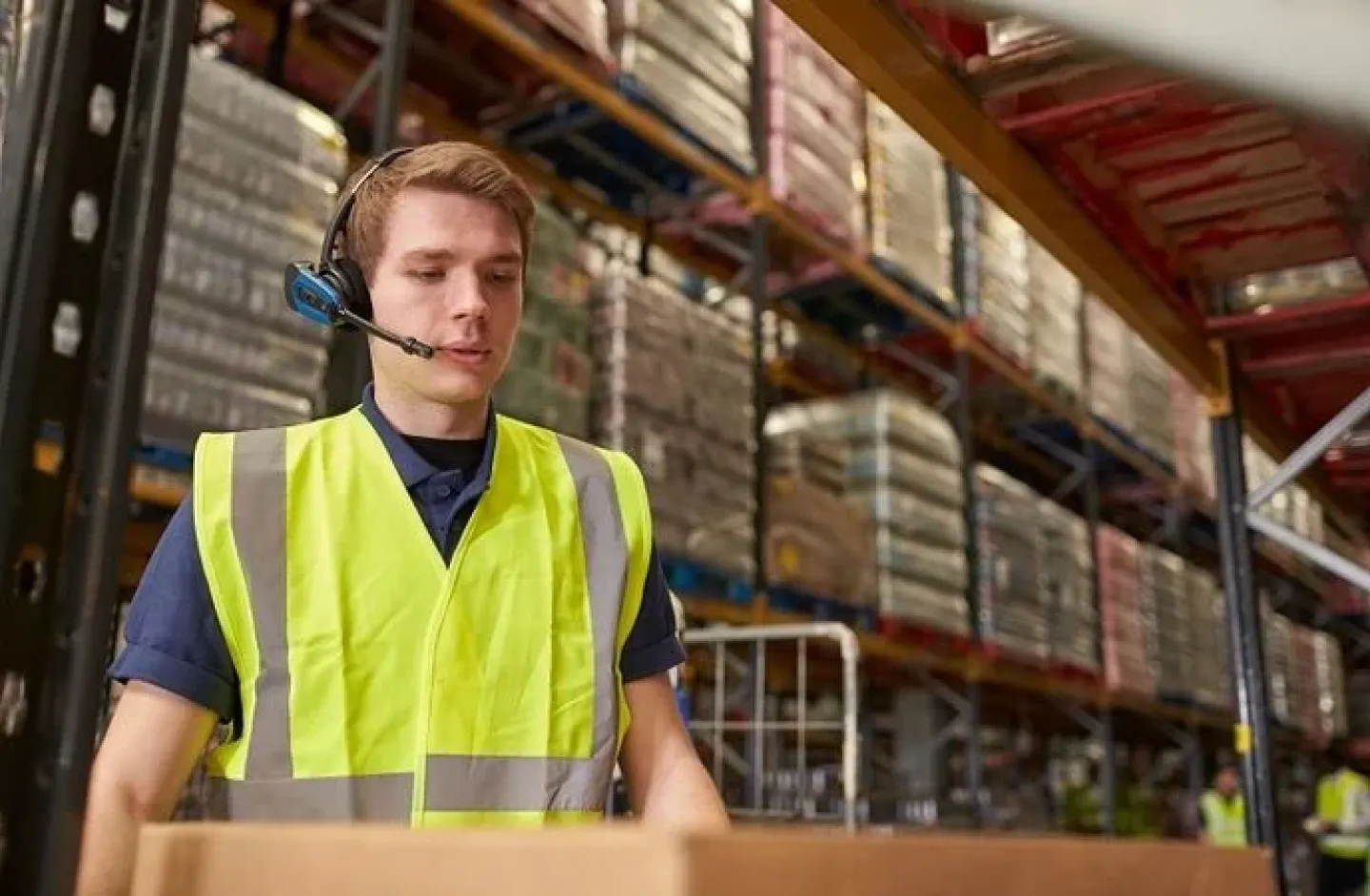
- Activity-tracking Bracelets: These GPS and movement sensor-based trackers let the managers monitor the activity and performance of the warehouse clerks.
- Finger-trigger Gloves: Though not very popular yet, these wearables are equipped with barcode scanners that allow full use of hands while sorting, especially when heavy packages are involved.
The Value of Mobile and Wearable Solutions for Warehouses
Both kinds of solutions add to warehouse mobility on a broad level. However, there are three important aspects of a warehouse that each helps improve.
- Speed: Having access to the right data without repeatedly walking up to the workstation speeds up warehouse processes and operations. Solutions like smart glasses, handheld computers, wearable computers, voice headsets, wearable finger triggers, etc., help you carry out tasks with absolute ease, thus speeding up processes.
- Safety: Wearables and mobility solutions for warehouses add safety to tasks that involve hand agility and repetitive motions. By keeping hands as free as possible, they allow clerks to focus more on the physical process of material handling. Also, devices with sensors can warn them about potential dangers in certain activities and locations and even suggest preventive measures.
- Accuracy: The level of sophistication that these devices provide reduces error rates associated with larger barcode scanners. The more advanced the technology you choose, the more accuracy you are equipped with.
As early as 2012,
Wyoming Liquor Division attained a whopping 99.9% accuracy in order picking with voice solutions in their facility.
Where Are Mobile and Wearable Solutions Now?
You can fairly estimate the right time to adopt these technologies once you have assessed them using three important frameworks: the S—Curve of Innovation, the Technology Adoption Life Cycle, and the Hype Cycle.
We’ve measured mobile and wearable warehouse solutions on these cycles/curves to help you determine their present viability.
S-Curve of Innovation
Mobile and wearable technologies are between the takeoff and maturity stages. This position indicates that the technologies have overcome a significant obstacle and have been adopted by most adopters. Additionally, this position suggests that they are soon to be adopted by the general public, indicating that the risks associated with implementing them are subsiding.

Technology Adoption Life Cycle
Mobile and Wearable Technologies are being implemented by the Early Majority. At this point, the technologies have crossed the Chasm of Death, indicating that they will likely become a technology standard in the warehousing industry.
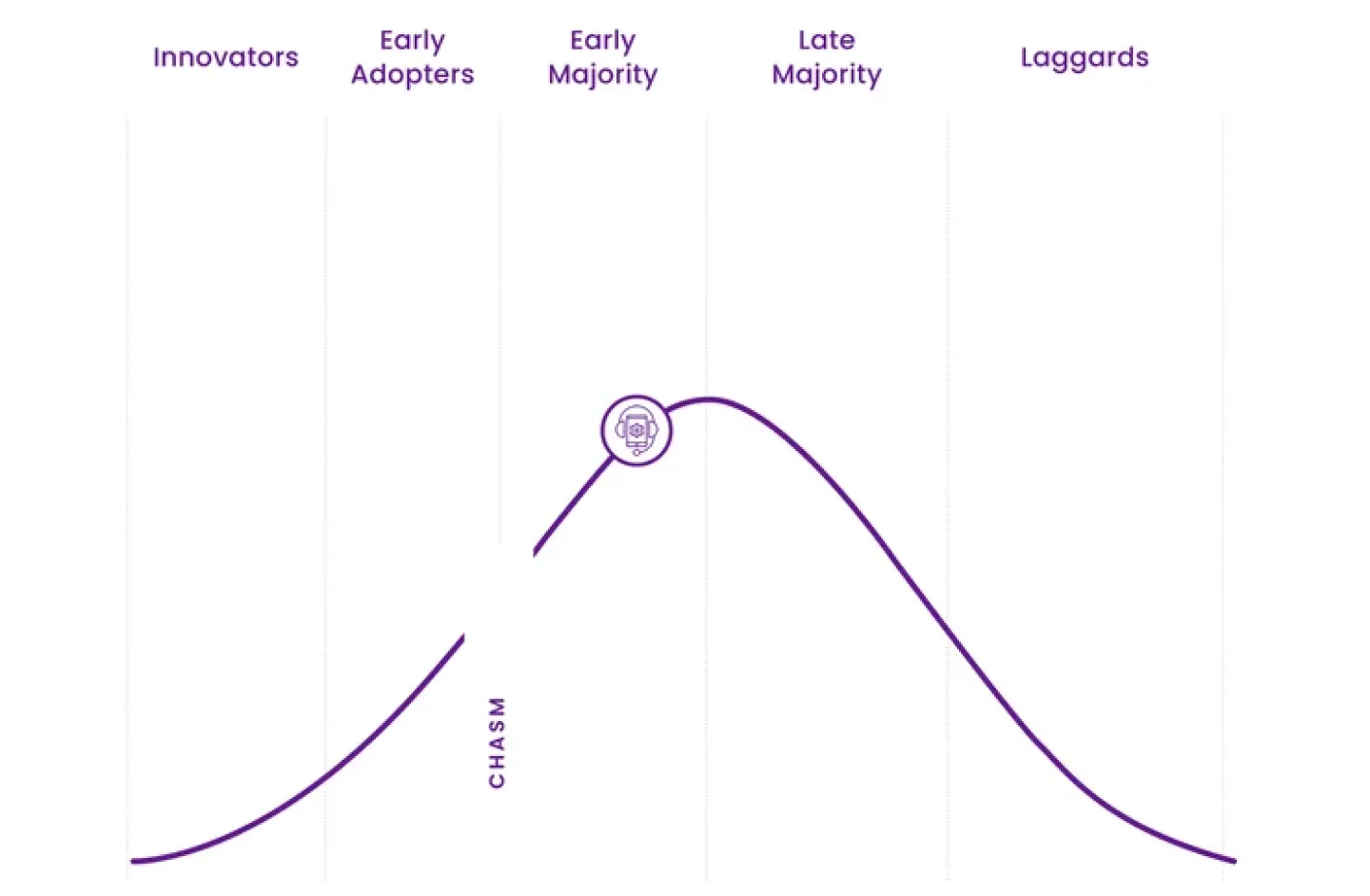
Hype Cycle
With the Gartner , mobile technology and wearables are in two different positions. Mobile Technology is placed at the start of the Plateau of Productivity, which means that the technology just reached the point where it is widely adopted.
On the other hand, Wearable Technology is located in the early phases of the Peak of Inflated Expectations, as represented by “Immersive Experience in Logistics.” This placement in the curve means that Wearable Technology is at a point where it is about to receive its highest publicity. However, despite the technology being overpromoted, this position indicates that it is still uncertain if it will lead to success or failure.
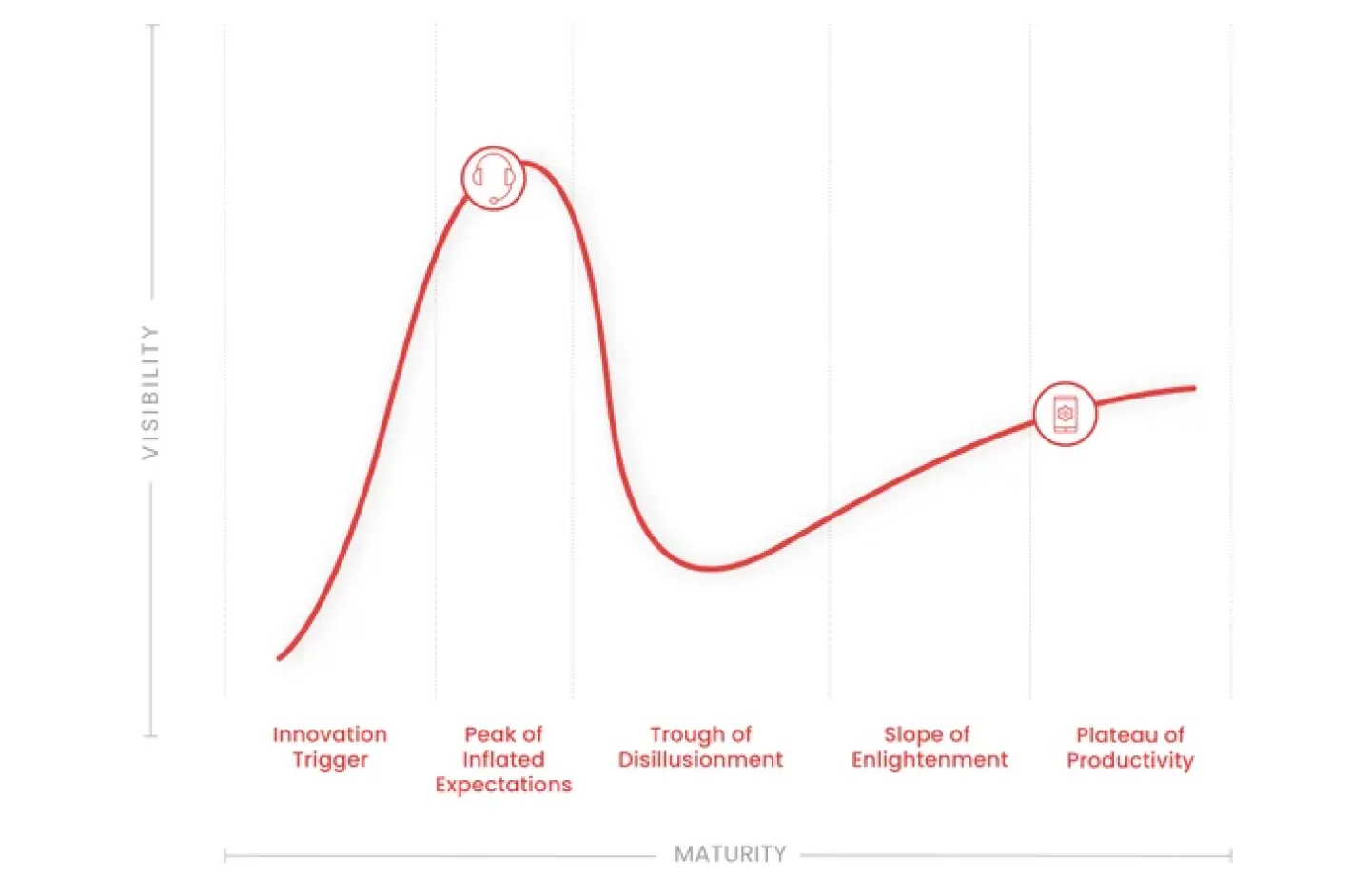
Summary
For businesses that want to experience increased operational efficiency and more real-time operations, we strongly recommend adopting Mobile Technology in their warehousing operations. This technology has matured enough that products from this category will likely increase productivity.
However, for wearable technology, some technologies, such as voice-picking systems, have matured. However, recent innovations, such as smart glasses integrated with augmented reality or virtual reality, are still in the testing phase, and challenges still await to fit them into real business-case scenarios. But, as soon as this technology proves itself by overcoming these challenges, it can be a proper investment at the right time.
If you want to learn more about Warehouse Digitalization and optimizing warehouse processes, you can follow us on LinkedIn, YouTube, X, or Facebook. If you have other inquiries or suggestions, please contact us here. We’ll be happy to hear from you.
